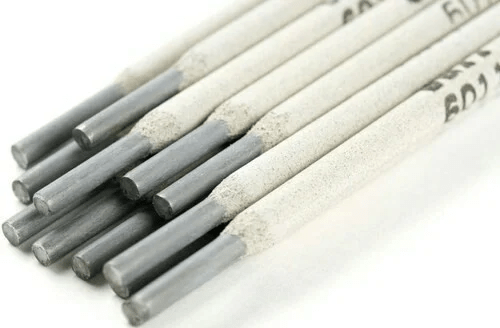Summary:
309 welding rods are indispensable for welding applications requiring stainless steel joining to other metals. Their resistance to high temperatures and corrosion and adaptability to various welding processes make them a valuable asset in numerous industries. Careful adherence to safety measures and proper storage practices ensures their effective use in welding tasks.
Introduction
Welcome to the world of welding, where precision and strength come together to create masterpieces. This article will dive deep into 309 welding rods, a critical component for enthusiasts and professionals. Whether new to welding or a seasoned pro, this guide will provide valuable insights, tips, and answers to frequently asked questions about 309 welding rods.
The Power of 309 Welding Rods
309 welding rods, a type of stainless steel electrode, have gained immense popularity in the welding industry for their exceptional versatility and strength. These rods are designed to join metals, especially stainless steel, and provide robust, corrosion-resistant welds. Let’s explore the world of 309 welding rods under various headings:
Understanding 309 Welding Rods
Before delving into the specifics, it’s crucial to understand what 309 welding rods are and what makes them unique. These rods are primarily composed of chromium and nickel, making them suitable for welding stainless steel, as they offer excellent resistance to corrosion.
Selecting the Right 309 Welding Rod
Choosing the appropriate welding rod is vital for a successful welding project. Regarding 309 welding rods, you’ll want to consider rod diameter, current type, and base metal composition factors. Matching the rod to your project’s requirements is key to achieving top-notch results.
Proper Storage and Handling
To maintain the integrity of your 309 welding rods, storing and handling them correctly is essential. Please keep them in a dry, temperature-controlled environment, and always use gloves when handling to prevent contamination from oils or dirt.
Best Practices for Welding with 309 Rods
Achieving a strong and clean weld is the ultimate goal of any welding project. Learn the best techniques for welding with 309 rods, including proper electrode angle, travel speed, and shielding gas selection.
Advantages of 309 Welding Rods
Explore the advantages of using 309 welding rods in your welding projects. These rods offer many benefits, from their ability to join dissimilar metals to their resistance to high temperatures.
Common Applications
309 welding rods find applications in various industries, from automotive to food processing. Discover where these rods are commonly used and why they are preferred for specific welding tasks.
Troubleshooting Welding Issues
Even experienced welders encounter challenges. Learn how to troubleshoot common welding problems, such as porosity, spatter, or incomplete fusion, when using 309 welding rods.
Safety Precautions
Safety should always be a priority in welding. Understand the safety precautions to protect yourself and others during welding projects involving 309 rods.
Certainly! A 309 welding rod is a type of welding electrode that is commonly used in the field of welding. It is designed for specific applications and is known for its versatility and durability. Here’s some information about 309 welding rods:
Material Composition:
309 welding rods are typically made of stainless steel. They contain a combination of iron, chromium, and nickel, with small amounts of other elements. This composition gives them excellent corrosion resistance and high-temperature strength.
Application:
These rods are primarily used for welding dissimilar metals, especially when joining stainless steel to carbon steel. They are also suitable for welding stainless steel to itself. They are also used in high-temperature applications, making them valuable in petrochemical, food processing, and automotive industries.
Welding Process:
309 welding rods are used in a variety of welding processes, including Shielded Metal Arc Welding (SMAW) or stick welding, Gas Metal Arc Welding (GMAW) or MIG welding, and Gas Tungsten Arc Welding (GTAW) or TIG welding. The specific welding process depends on the application and the equipment available.
Conclusion
In conclusion, 309 welding rods are versatile and reliable for welding stainless steel and dissimilar metals. By understanding their composition, proper usage, and safety measures, you can confidently enhance your welding skills and tackle various projects. Remember to choose the right rod, follow best practices, and prioritise safety in all your welding endeavours.



